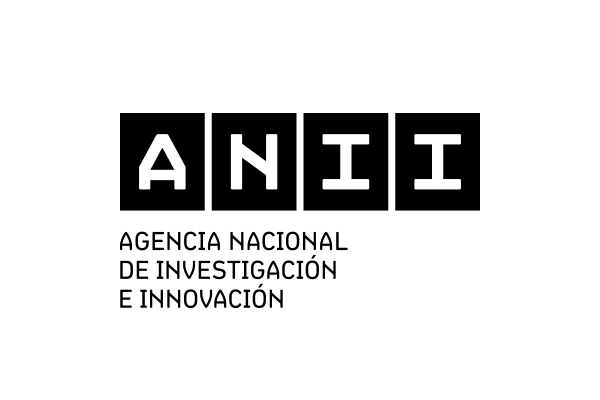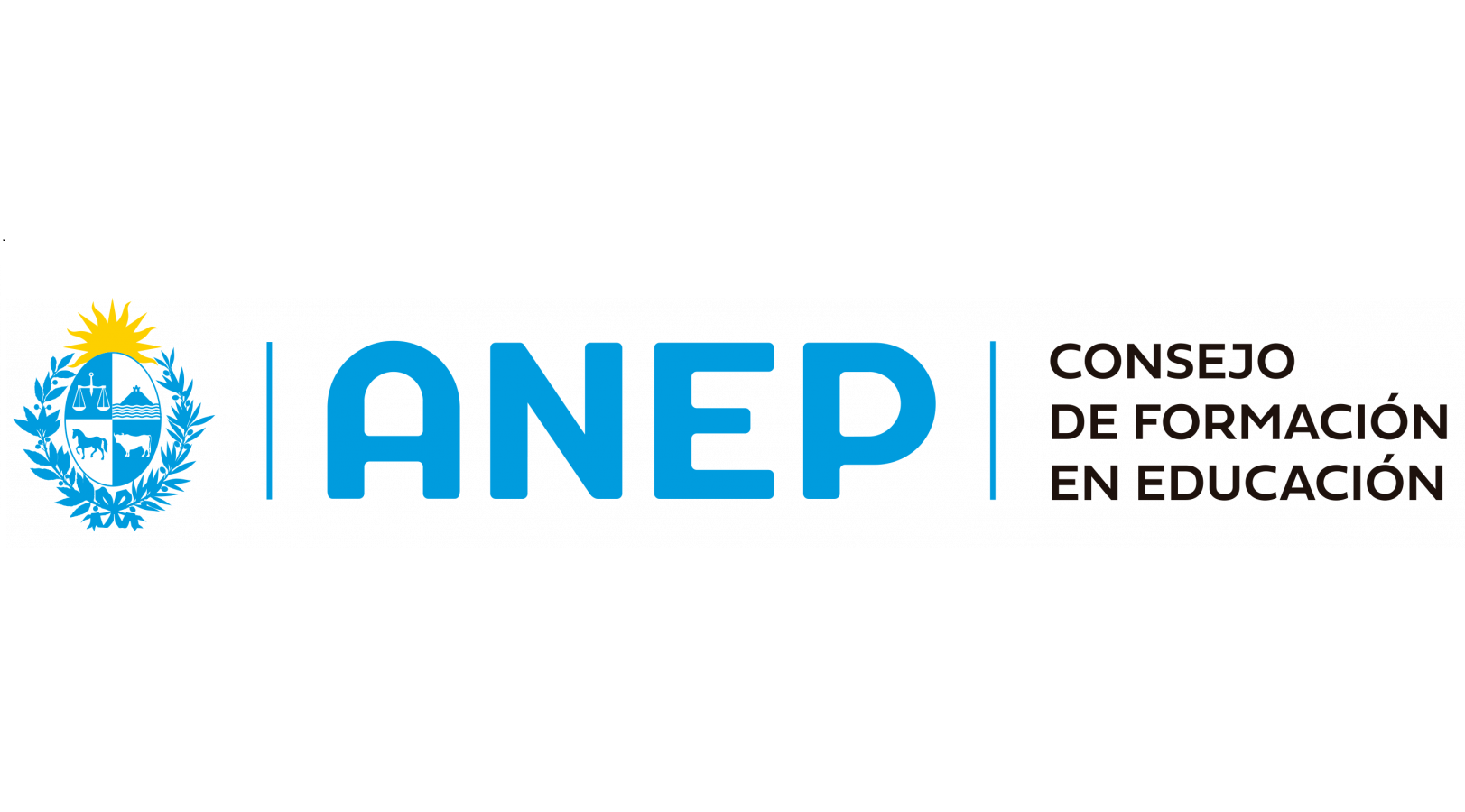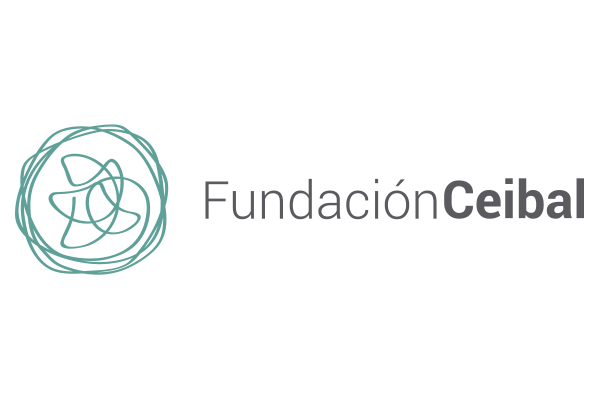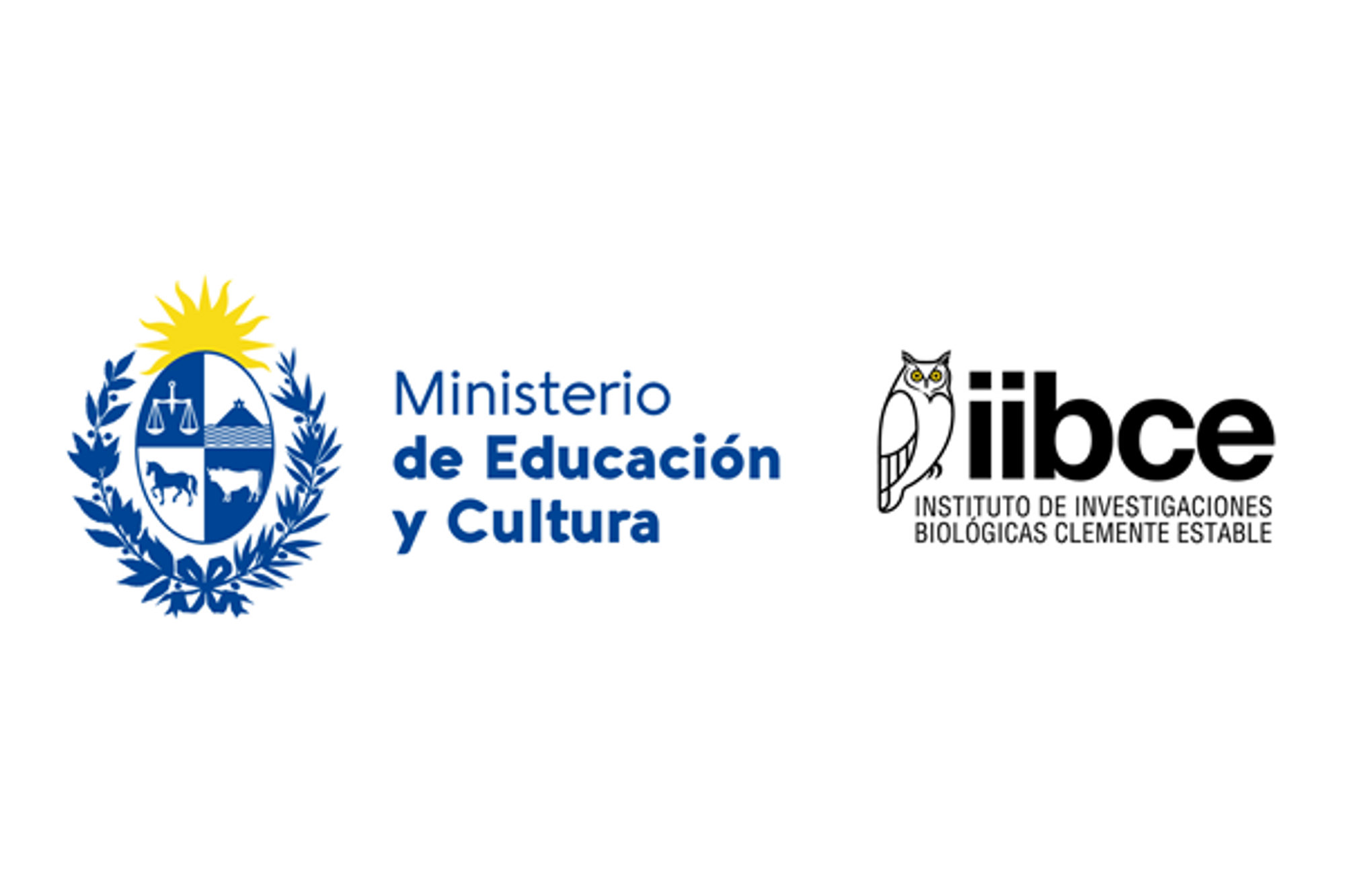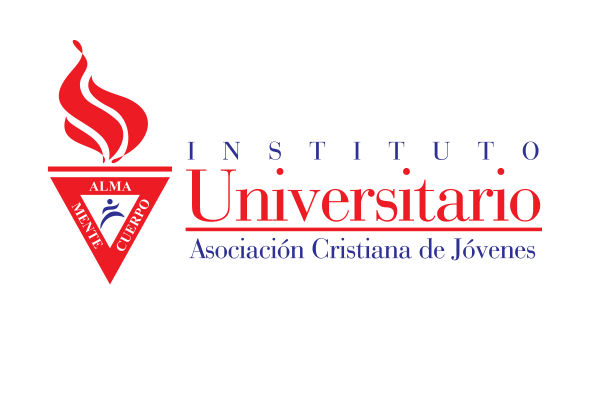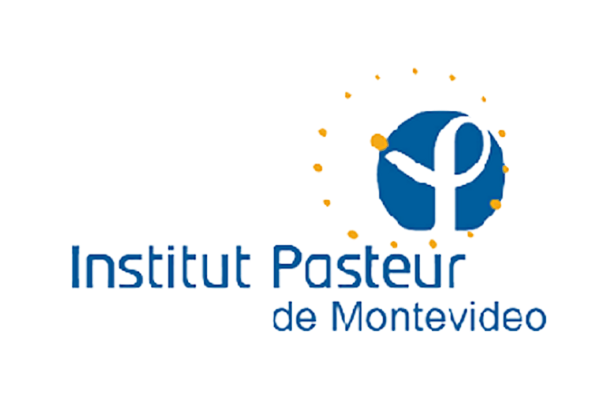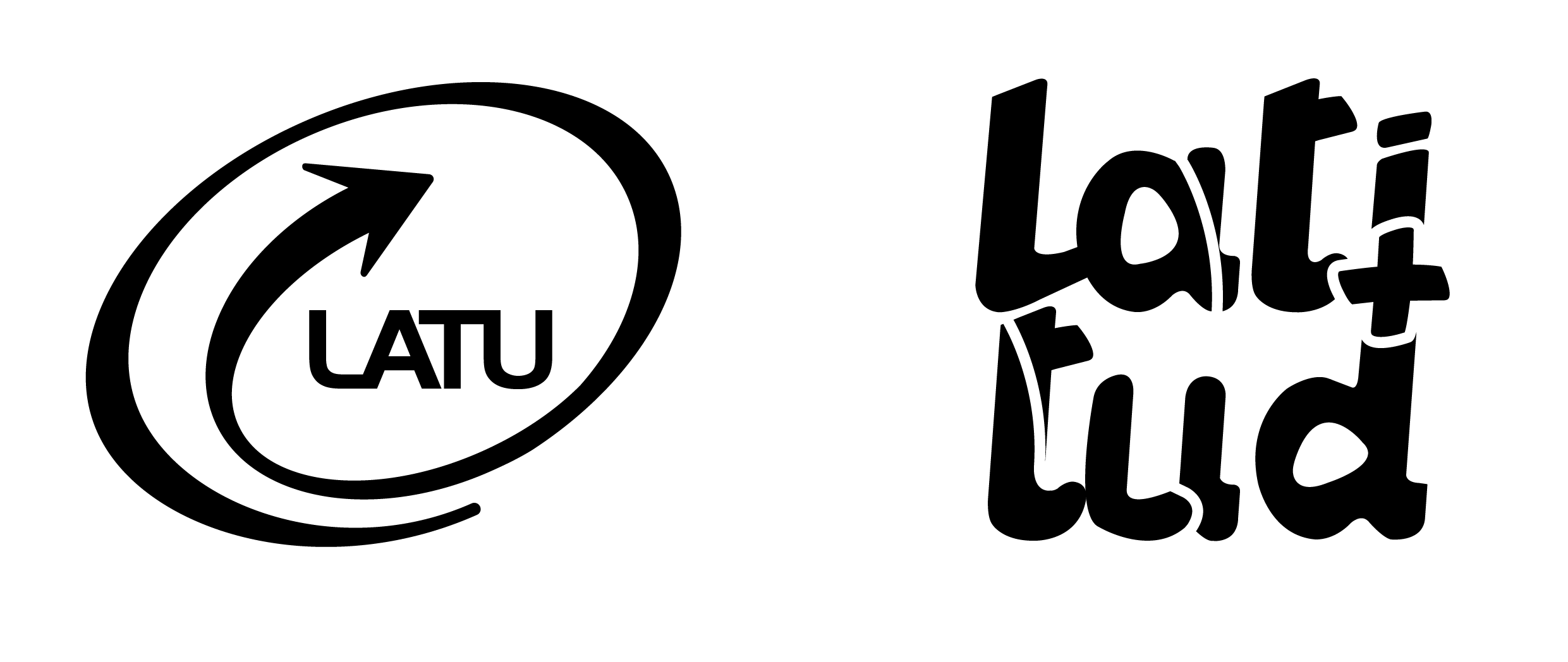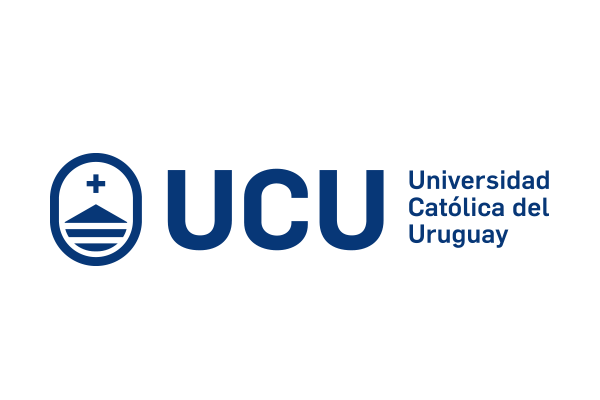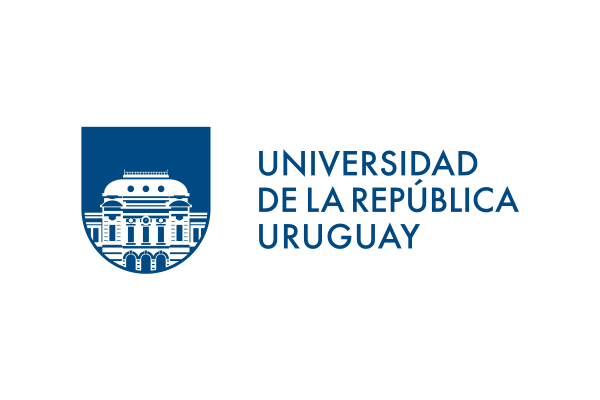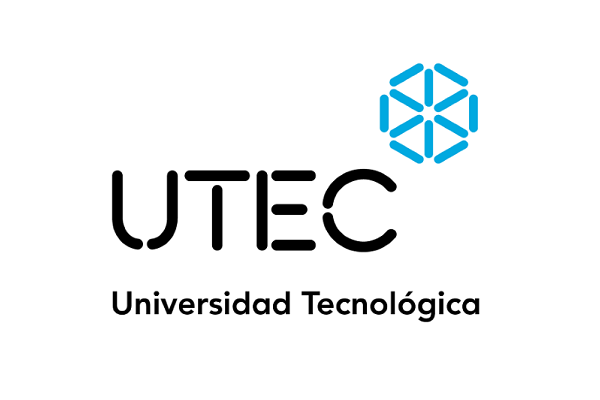carat : a toolbox for computer–aided rhythm analysis
Resumen:
carat is a toolbox for computer–aided rhythm analysis from audio recordings, that includes a set of ready–to–use tools in order to maximise its usability by the musicological community. It was developed using free and cross–platform tools, and is released under the MIT licence. Rhythm is an essential component of music and, being primarily an event–based phenomenon, many important tasks can be tackled using computational tools. Computer– assisted musicology has had a substantial development in the last years, and numerous tools exist for analysing different aspects of musical content, either from a symbolic representation [4] or from a digital audio signal [2, 1, 12]. The latter are of special interest in the analysis of traditional and popular musics, and, in general, of all the musics outside the canon of Western notated music. Most of these tools, however, are available as libraries of functions, and therefore their usability is limited to researchers with a solid background in programming. Additional restrictions may arise, like in the case of toolboxes developed for proprietary environments like Matlab. With carat we hope to ease the adoption of computational tools by musicologists, while at the same time making readily available to MIR researchers some recently developed techniques for rhythm analysis, along with musical examples of their applicability. In order to fulfil these goals, some key aspects were prioritized in the design. First, we strive for a low barrier to entry for researchers in musicology with no background in scientific programming. Therefore, the toolbox seeks to provide some applications that allow the analysis of individual audio files or collections of music data, enabling certain interaction with the user (for instance, visualization and listening of the analysis). The choice of free, open–source and cross–platform developing tools also contributes to a wider accessibility. Another important criterion was designing the functions and processes in the toolbox to be modular, thus allowing users to provide their own functions or to test other workflows for the analysis.
| 2019 | |
| Inglés | |
| Universidad de la República | |
| COLIBRI | |
| https://hdl.handle.net/20.500.12008/21750 | |
| Acceso abierto |
